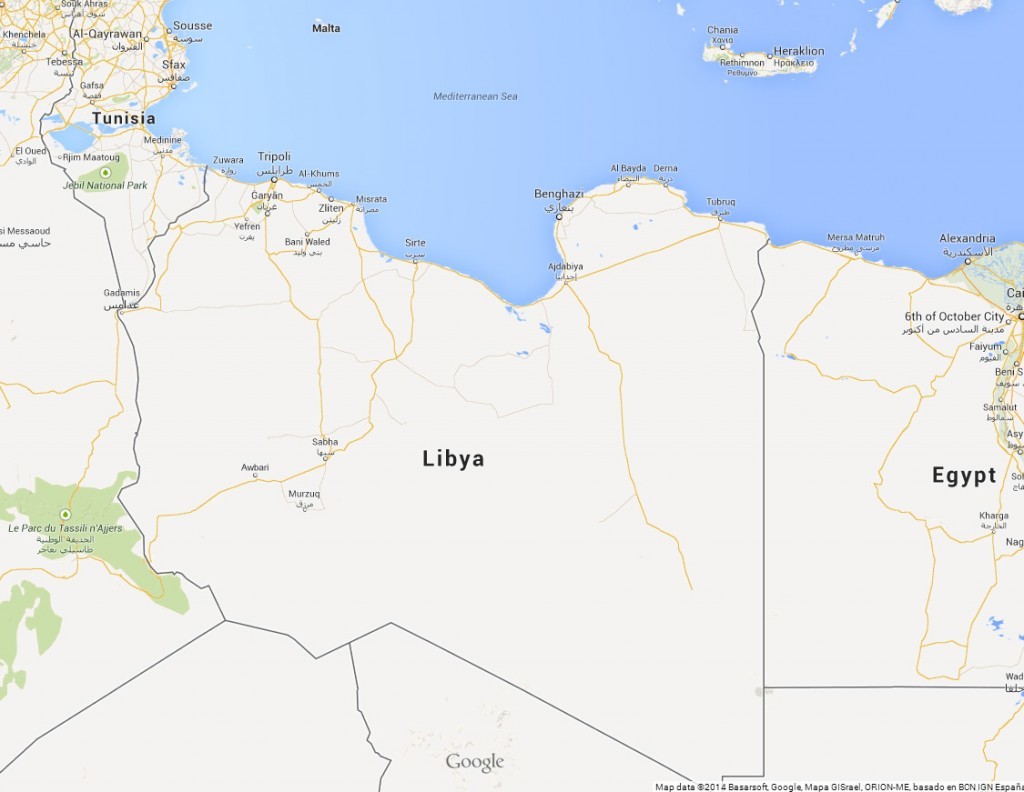
Libya reopened two of its biggest oil fields and is set to load its first crude cargo in two years from its largest export terminal as the war-torn country pursues plans to almost double output in 2017. Benchmark Brent crude erased some of its rally on the news.
Pipelines connecting the Sharara oil field to Zawiya refinery, and the El-Feel deposit to the Mellitah energy complex reopened at the town of Rayayina, according to a statement by the state-run National Oil Corp. The fields’ reopening will help boost the country’s oil production by 175,000 barrels a day within one month and 270,000 barrels a day within three months, it said. Also, a tanker is set to load the first export from Es Sider oil port since it was closed in 2014.
“I welcome the statement by the Rayayina Patrols Company of the Petroleum Facilities Guard, Western Branch, announcing lifting of the blockade on all the pipelines,” NOC Chairman Mustafa Sanalla said in the statement posted Tuesday on the company’s website. “There were no payoffs and no backroom deals. For the first time in nearly three years all our oil can flow freely. I hope this marks the end of the use of blockade tactics in our country.”
Libya’s comeback will put more pressure on the Organization of Petroleum Exporting Countries and other major producers that agreed over the past two weeks to cut their output to rein in an oversupply and shore up prices. The North African nation, which was exempted from OPEC’s planned cuts because of its internal strife, is currently producing 600,000 barrels a day, less than half of the 1.6 million it pumped before a 2011 uprising.
Brent crude futures rose as much as 31 cents, or 0.6 percent, to $55.66 a barrel on the London-based ICE Futures Europe exchange and traded at $55.52 as of 1:16 p.m. in Tokyo on Wednesday. The contract climbed 43 cents to $55.35 a barrel on Tuesday.
Repsol, Eni
The OPEC member with Africa’s largest oil reserves is struggling to recover from years of conflict between rival governments and militias. It’s targeting production of 900,000 barrels a day by the end of this year and about 1.1 million barrels in 2017, Sanalla said Nov. 16.
Sharara, operated by a joint venture between NOC and a group of companies including Spain’s Repsol SA, Total SA, OMV AG and Statoil ASA has an output capacity of about 330,000 barrels a day and El-Feel, or Elephant, is operated by a joint venture between Italy’s ENI SpA and NOC with a production of about 90,000 barrels a day, the NOC statement said.
The pipelines had been blockaded at a key valve at the town of Rayayina since November 2014, in the case of the Sharara line, and since April 2015, in the case of the El-Feel line, the statement said. The fields’ restart can add $4.5 billion to NOC’s revenue next year at current oil prices, Sanalla said.
Biggest Terminal
Tanker Alicante arrived Monday at the country’s biggest port and will sail for Italy after loading about 600,000 barrels of crude, Adnan Omran, general manager of Al Omran International Maritime Agencies, said by phone. The ship hasn’t started loading yet due to bad weather, he said.
Es Sider, on the central coast, had been closed since December 2014, when armed groups attacked the facility and damaged storage tanks and infrastructure. It reopened in September, but maintenance was needed before loadings could restart.
